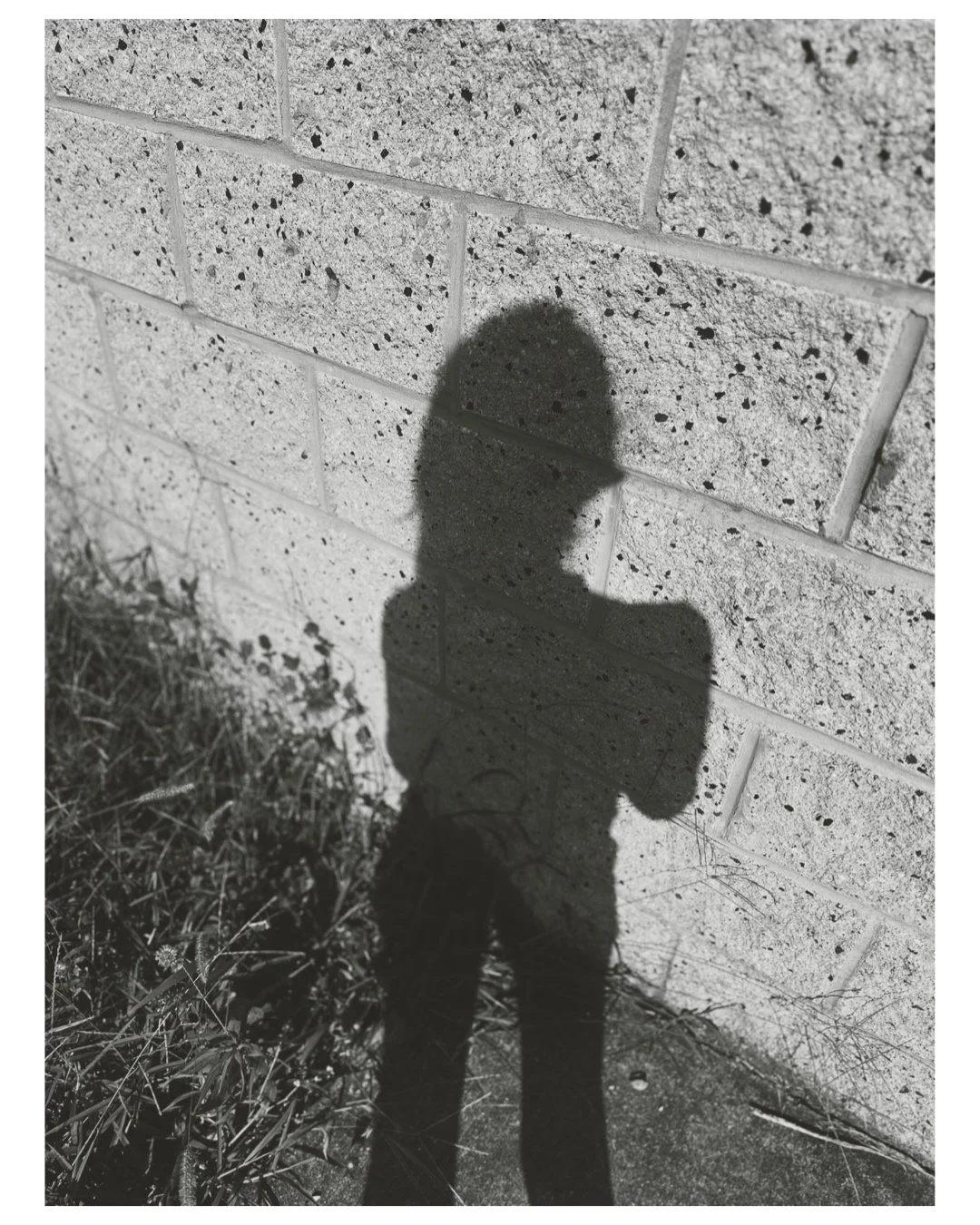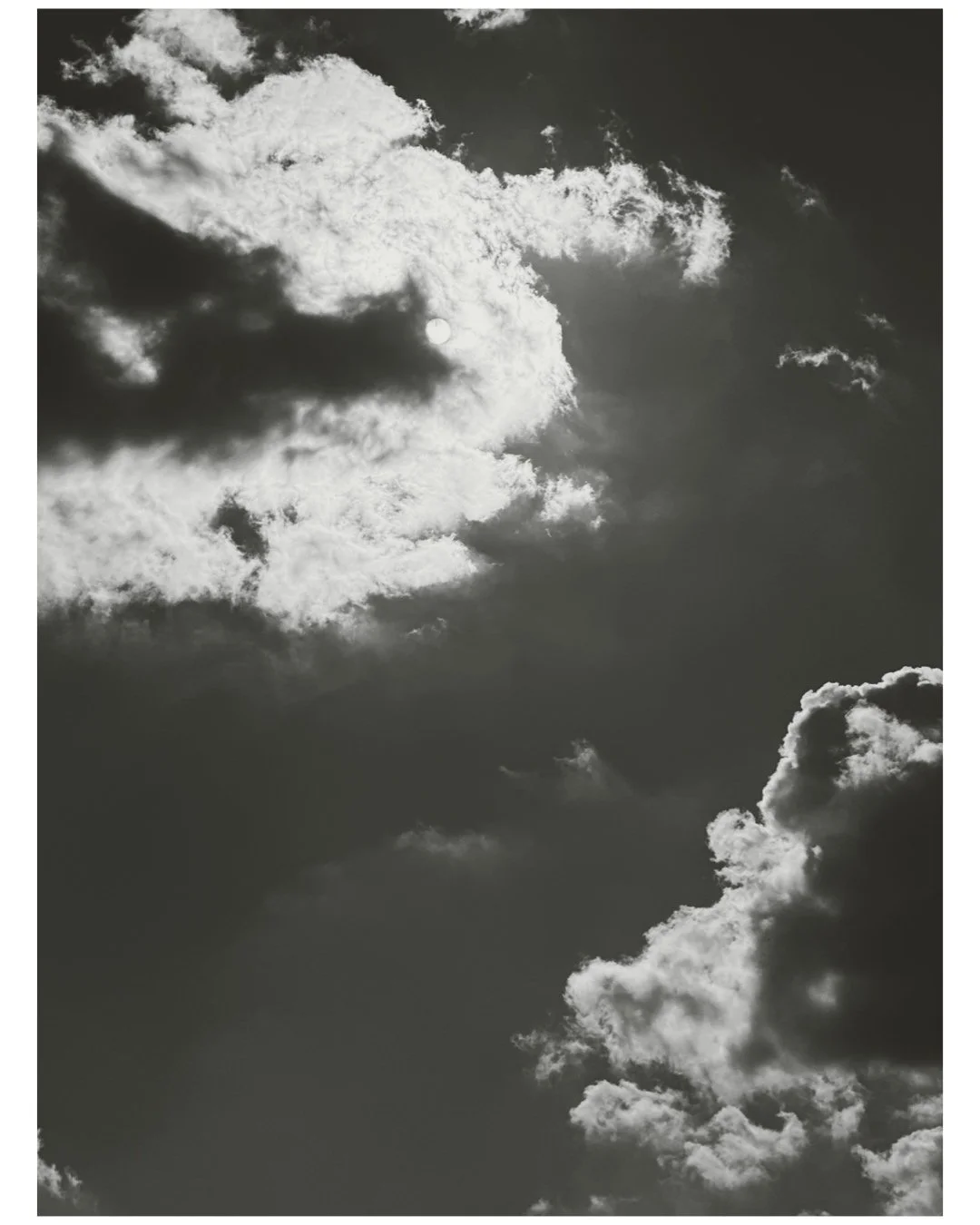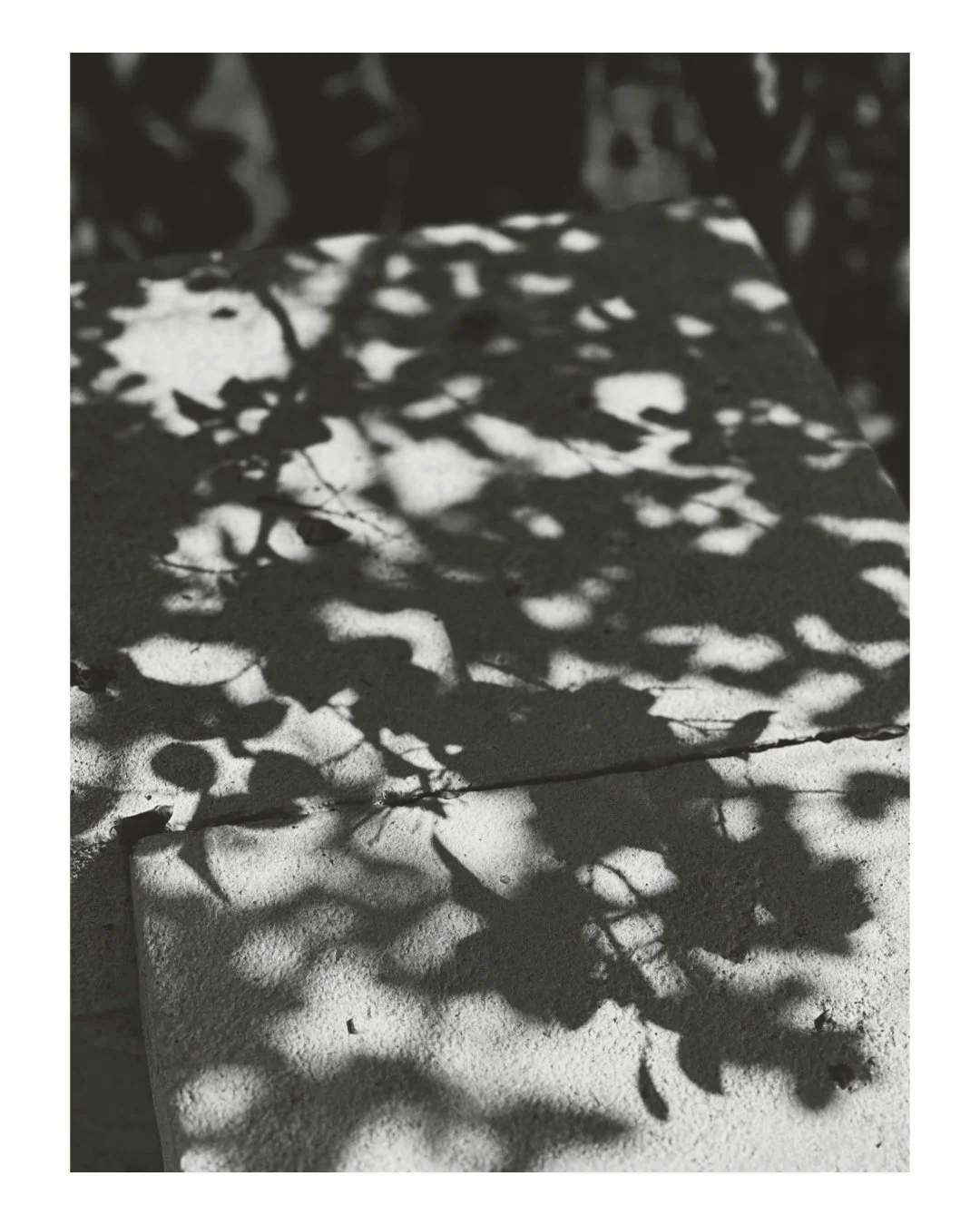Little people at the amusement park
City people in the dark
Speak to us, send us a sign
Tell us something to keep us trying
Three songs among a scattering of things that move me. Things I touched today, things whose tendrils in turn touched me.
Gravity, the curvature of space-time, said Albert Einstein in 1915. Emily Skillings’ marvelous poetry.
A thought trapped in a box, Schrodinger's box, that left us with a blurred cat, a cat between life and death — but only because we observed it and found ourselves entangled by this observation that renders the cat real and alive to us. Alive is the idea.
Four purple clovers growing near the stairs of the school. The awkwardness of their positions, the way I could almost hear the purple crinkling. The alive idea-ness of light.
When two particles in Einstein's scenario collide, we have the relation that Schrodinger called entanglement. “Entanglement of predictions arises from the fact that the two bodies at some earlier time formed in a true sense one system, that is they were interesting, and have left behind traces on each other.” This theory of traces would infect the Critical Theorists of the Frankfurt School.
Memories of the Hoia forest and a clover tied around my wrist.
There is the spin of us.
There are measurements that show the polarization of entangled light beams.
But the spin of entangled particles varies.
What we know ineluctably is that the specific attributes of the photons and particles are indeterminate until measured. Then, one particle's measurement seems to decide or influence the value of the other almost instantly, flying in the face of what relativity says can't happen, namely, move faster than the speed of light.


